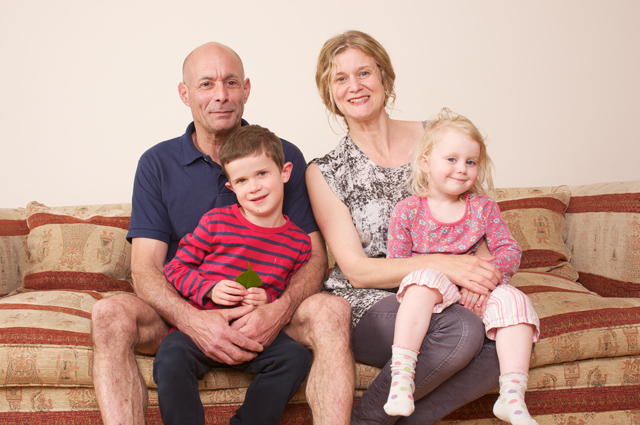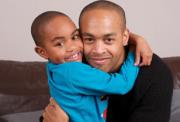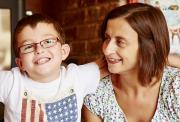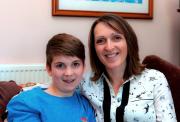“The health visitor stressed the importance of ‘tummy time’ to help Tom lift his head, but he couldn’t do it. He just screamed,” mum Rebecca remembers. “He was slow to reach milestones like crawling and walking, too.”
When Tom started school, Rebecca insisted on a referral to a paediatrician who explained that several conditions might be causing Tom’s problems. He asked to do a blood test ‘to rule out a couple of rare conditions’. The next day he phoned at 9.00am with the devastating news: Tom had muscular dystrophy – and sadly, further tests found Tom had the most severe form, Duchenne.
It was such a shock. It seemed so improbable that my gorgeous son would eventually become locked in a body he could not move and die."







